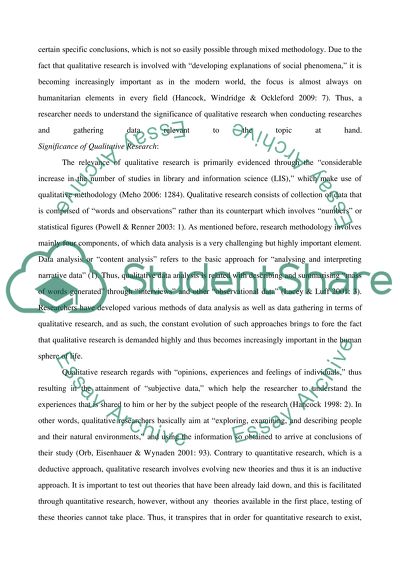Cite this document
(“Critically evaluate the role of interview data in qualitative research Essay”, n.d.)
Retrieved from https://studentshare.org/literature/1495484-critically-evaluate-the-role-of-interview-data-in
Retrieved from https://studentshare.org/literature/1495484-critically-evaluate-the-role-of-interview-data-in
(Critically Evaluate the Role of Interview Data in Qualitative Research Essay)
https://studentshare.org/literature/1495484-critically-evaluate-the-role-of-interview-data-in.
https://studentshare.org/literature/1495484-critically-evaluate-the-role-of-interview-data-in.
“Critically Evaluate the Role of Interview Data in Qualitative Research Essay”, n.d. https://studentshare.org/literature/1495484-critically-evaluate-the-role-of-interview-data-in.


